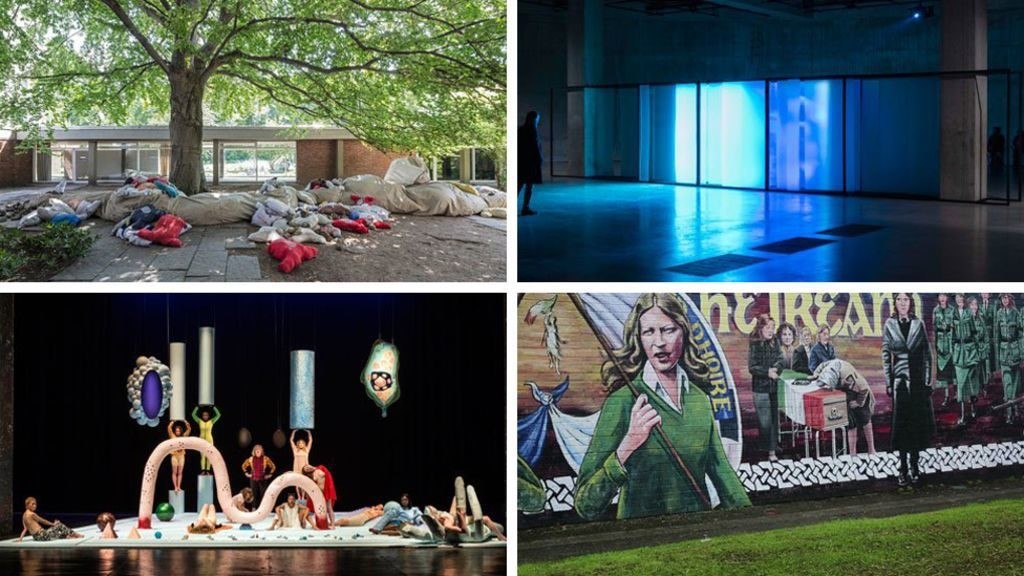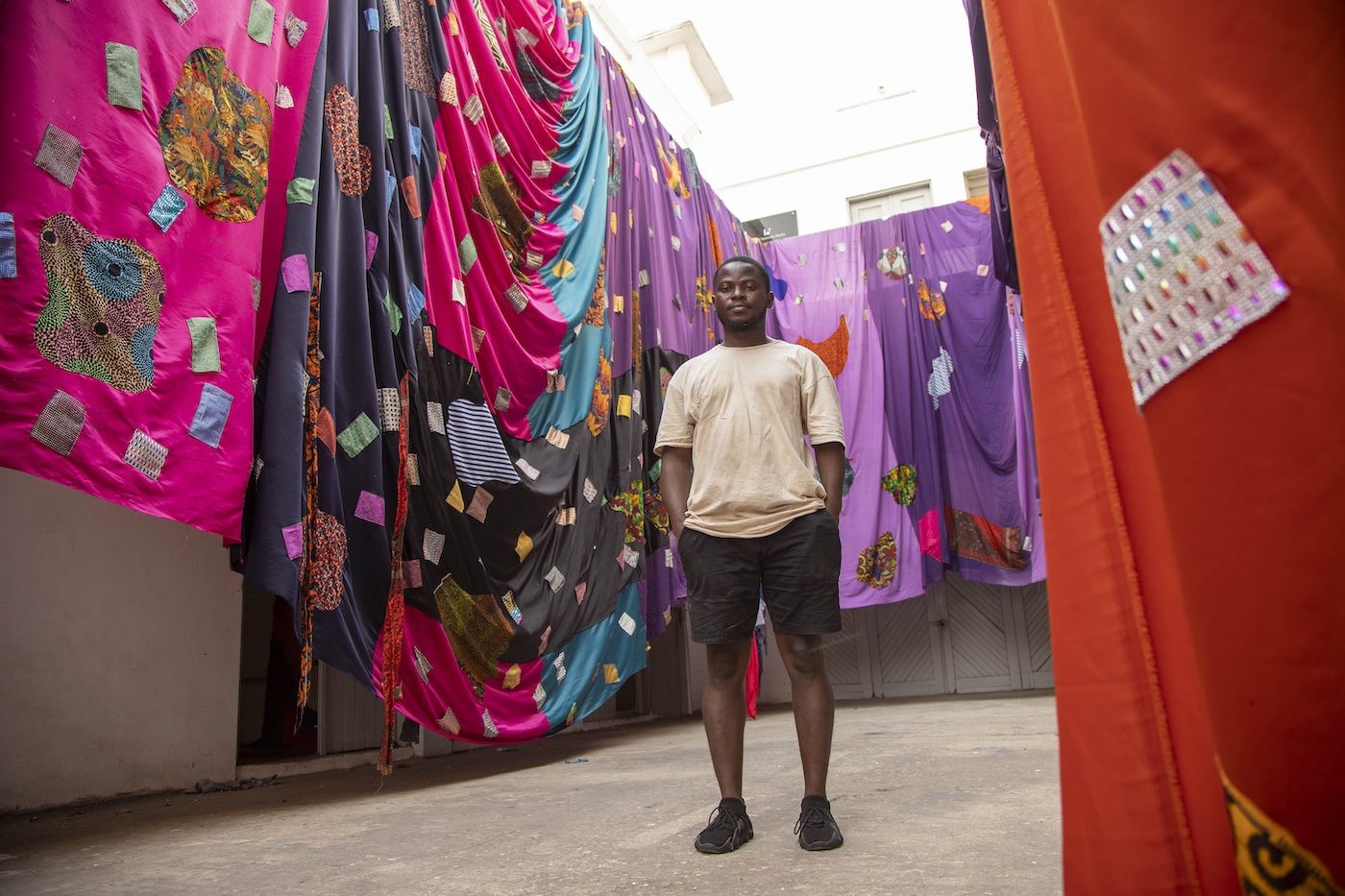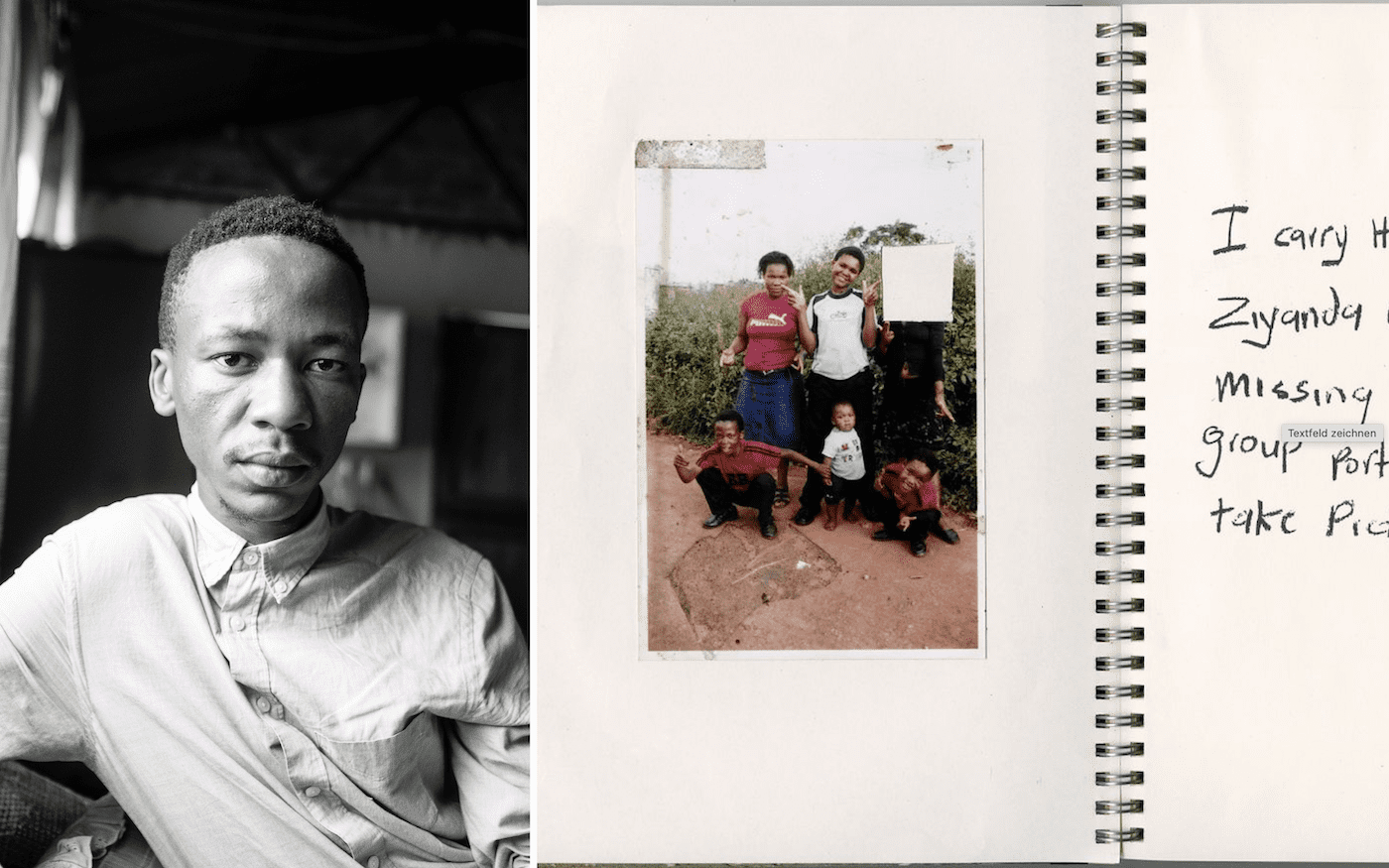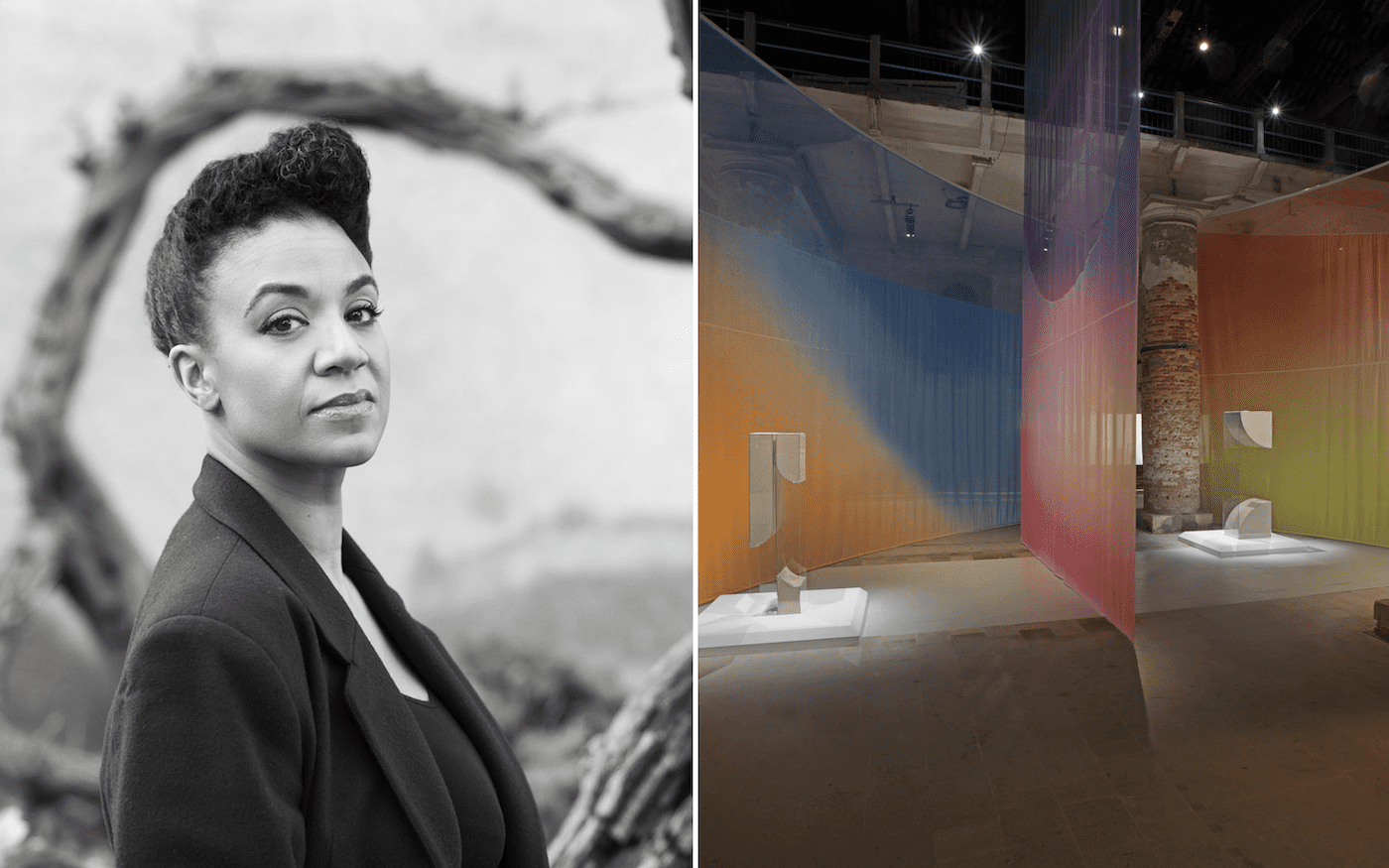Tate Britain Announced Shortlisted Artists

02 May 2019
Magazine C& Magazine
4 min read
One of the best known prizes for the visual arts in the world, the Turner Prize aims to promote public debate around new developments in contemporary British art. Established in 1984, the prize is named after JMWTurner (1775-1851) and aims to promote public interest in contemporary British art. It is awarded to a British artist …
One of the best known prizes for the visual arts in the world, the Turner Prize aims to promote public debate around new developments in contemporary British art.
Established in 1984, the prize is named after JMWTurner (1775-1851) and aims to promote public interest in contemporary British art. It is awarded to a British artist for an outstanding exhibition or other presentation of their work in the past twelve months. The TurnerPrize award is £40,000 with £25,000 going to the winner and £5,000 each for the other shortlisted artists.
An exhibition of work by the four shortlisted artists will be held from 28 September 2019 to 12 January 2020 at Turner Contemporary in Margate. The winner will be announced on 3 December 2019 at an award ceremony live on the BBC, the broadcast partner for the Turner Prize.
The shortlisted artists for this year’s prize are:
LAWRENCE ABU HAMDAN – For his solo exhibition Earwitness Theatre at Chisenhale, and for the video installation Walled Unwalled and performance After SFX at Tate Modern, London. Self-proclaimed ‘private ear’, Abu Hamdan’s work investigates crimes that have been heard and not seen; exploring the processes of reconstruction, the complexity of memory and language as well as the urgency of human rights and advocacy. The jury was struck by Abu Hamdan’s exploration of sound as an architectural element and the way he recreates particular situations through sound and performance.
HELEN CAMMOCK – For her solo exhibition The Long Note at Void, Derry~Londonderry and IMMA, Dublin. The jury praised the timely and urgent quality of Cammock’s work which explores social histories through film, photography, print, text and performance. Creating layered narratives that allow for the cyclical nature of history to be revealed, The Long Note looks at the history and the role of women in the civil rights movement in Derry Londonderry. The work highlights how the complexities of the politics of Northern Ireland have overshadowed the social history of the region and the variety of political positions taken by women during that time.
OSCAR MURILLO – For his participation in the 10th Berlin Biennale, his solo exhibition Violent Amnesia at Kettle’s Yard, Cambridge and solo exhibition at the chi K11 art museum Shanghai. The jury particularly praised the way Murillo pushes the boundaries of materials, particularly in his paintings. His work incorporates a variety of techniques and media including painting, drawing, performance, sculpture and sound, often using recycled materials and fragments from his studio. Murillo’s work reflects on his own experience of displacement and the social fallout of globalisation.
TAI SHANI – For her participation in Glasgow International 2018, solo exhibition DC: Semiramis at The Tetley, Leeds and participation in Still I Rise: Feminisms, Gender, Resistance at Nottingham Contemporary and the De Le Warr Pavilion, Bexhill-on-Sea. The jury noted the compelling nature of Shani’s ongoing project Dark Continent, particularly the work’s ability to combine historical texts with contemporary references and issues. Developed over four years, it takes inspiration from a 15th century feminist text, Christine de Pizan’s The Book of the City of Ladies. Shani uses theatrical installations, performances and films to create her own allegorical city of women populated by fantastical characters, transporting the viewer to another time and place.
.

Clockwise : Oscar Murillo, installation view of Collective Conscience 2018 at the 10th Berlin Biennale, 9th June – 9th September 2018. Image: Timo Ohler / Lawrence Abu Hamdan, installation view of Walled Unwalled in The Tanks, Tate Modern London 2018. Image: Tate Photography / Tai Shani, installation view of DC: Semiramis, Glasgow International 2018., Image: Keith Hunter / Helen Cammock, video still from The Long Note 2018, Image: Helen Cammock
The 2019 prize’s jury is chaired by Alex Farquharson, the director of Tate Britain in London, and also includes Alessio Antoniolli, the director of the Gasworks & Triangle Network; Elvira Dyangani Ose, the director of the Showroom Gallery and a lecturer in visual cultures at Goldsmiths; Victoria Pomery, the director of Turner Contemporary; and art writer Charlie Porter.
Next year the prize will return to Tate Britain. The members of the 2020 jury are: Richard Birkett, ChiefCurator at the Institute of Contemporary Arts; Sarah Munro, Director of BALTIC Centre for Contemporary Art; Fatoş Üstek, Director of Liverpool Biennial; and Duro Olowu, designer and curator.
Read more from

Emmanuel Aggrey Tieku Wins 2025 Ellipse Prize Focused on Ghana’s Emerging Art Scene

Lindokuhle Sobekwa Wins the Deutsche Börse Photography Foundation Prize 2025

Kapwani Kiwanga Wins the 2025 Joan Miró Prize
Read more from

Nnena Kalu wins Turner Prize 2025

Tadáskía Wins the 2025 K21 Global Art Award
